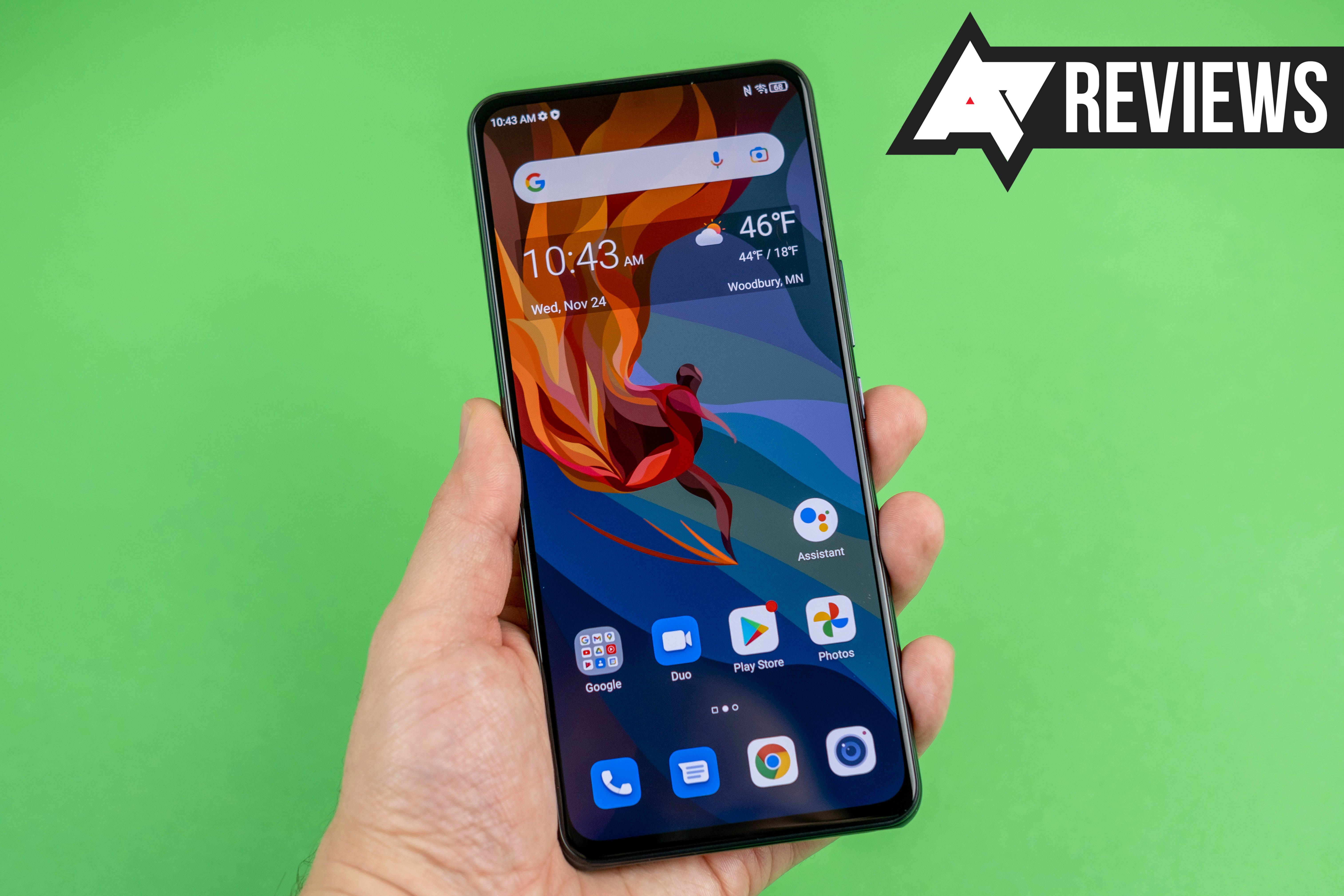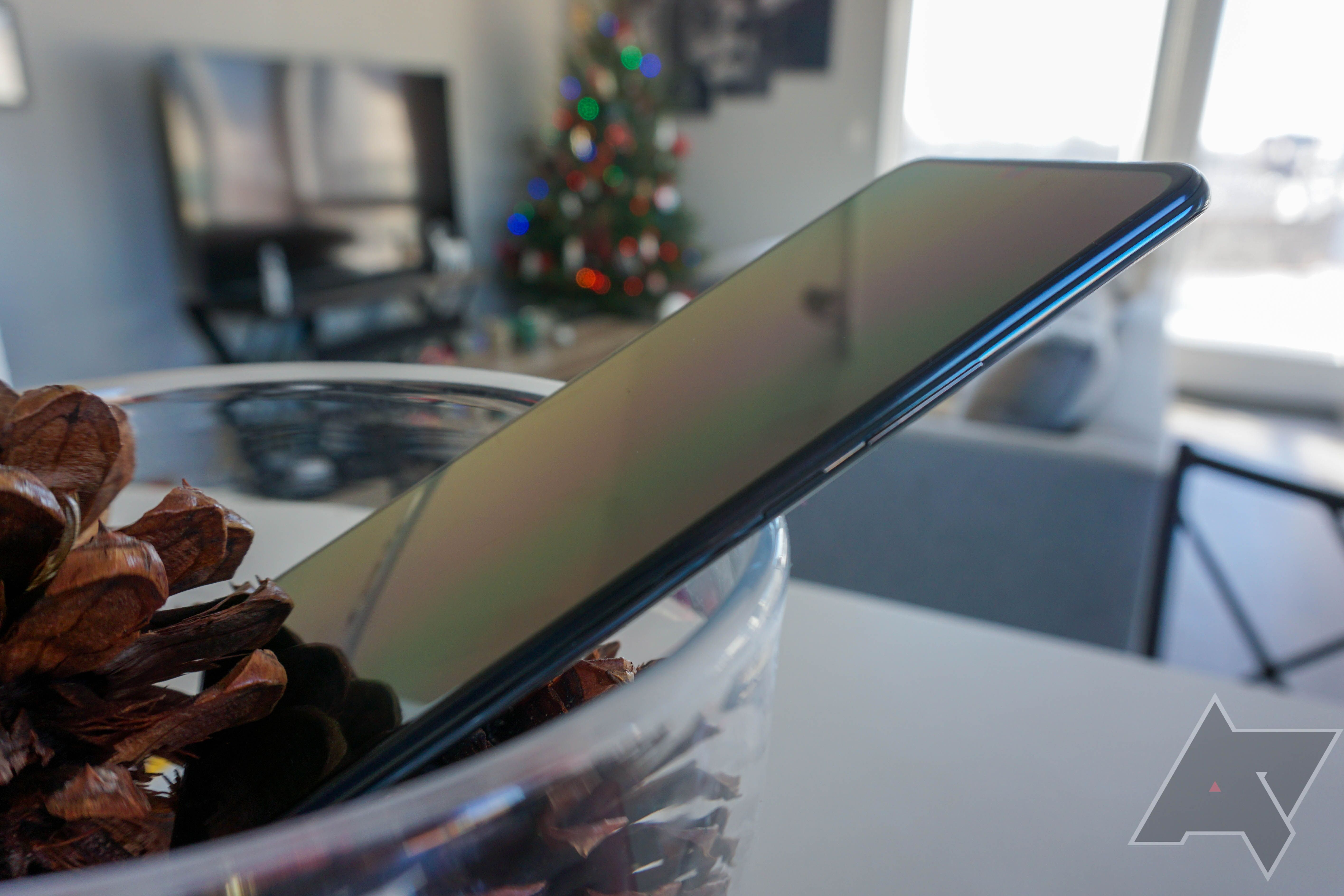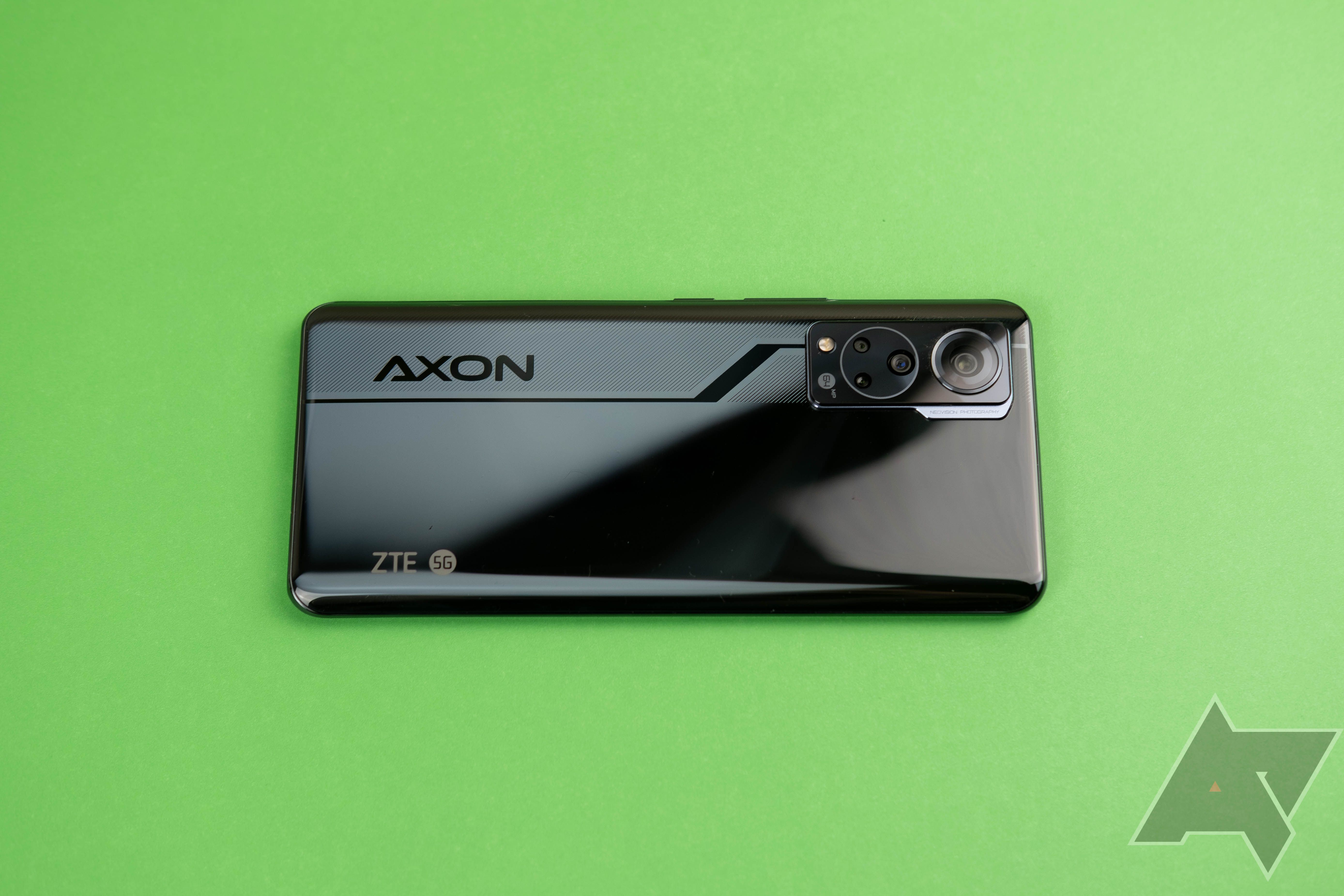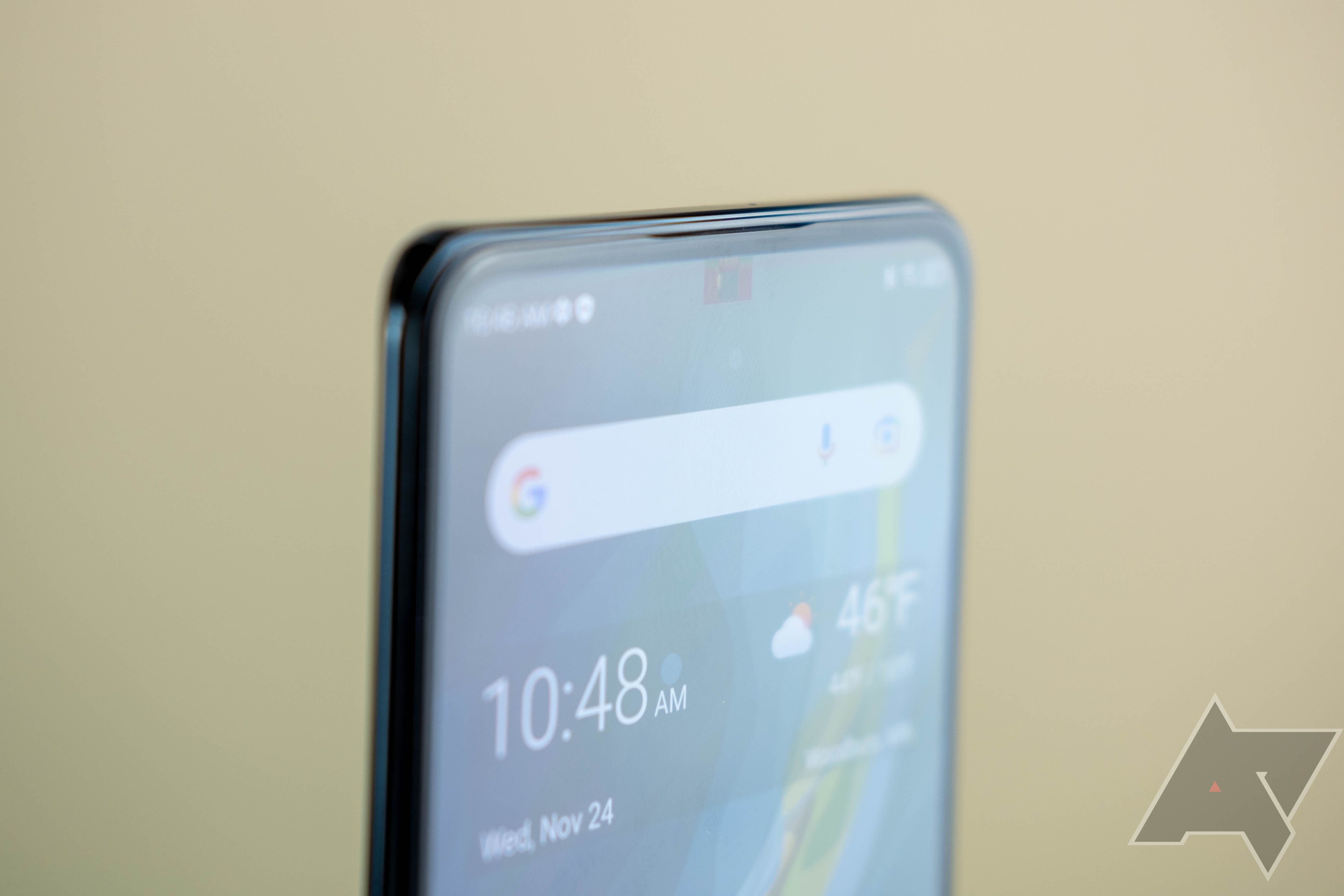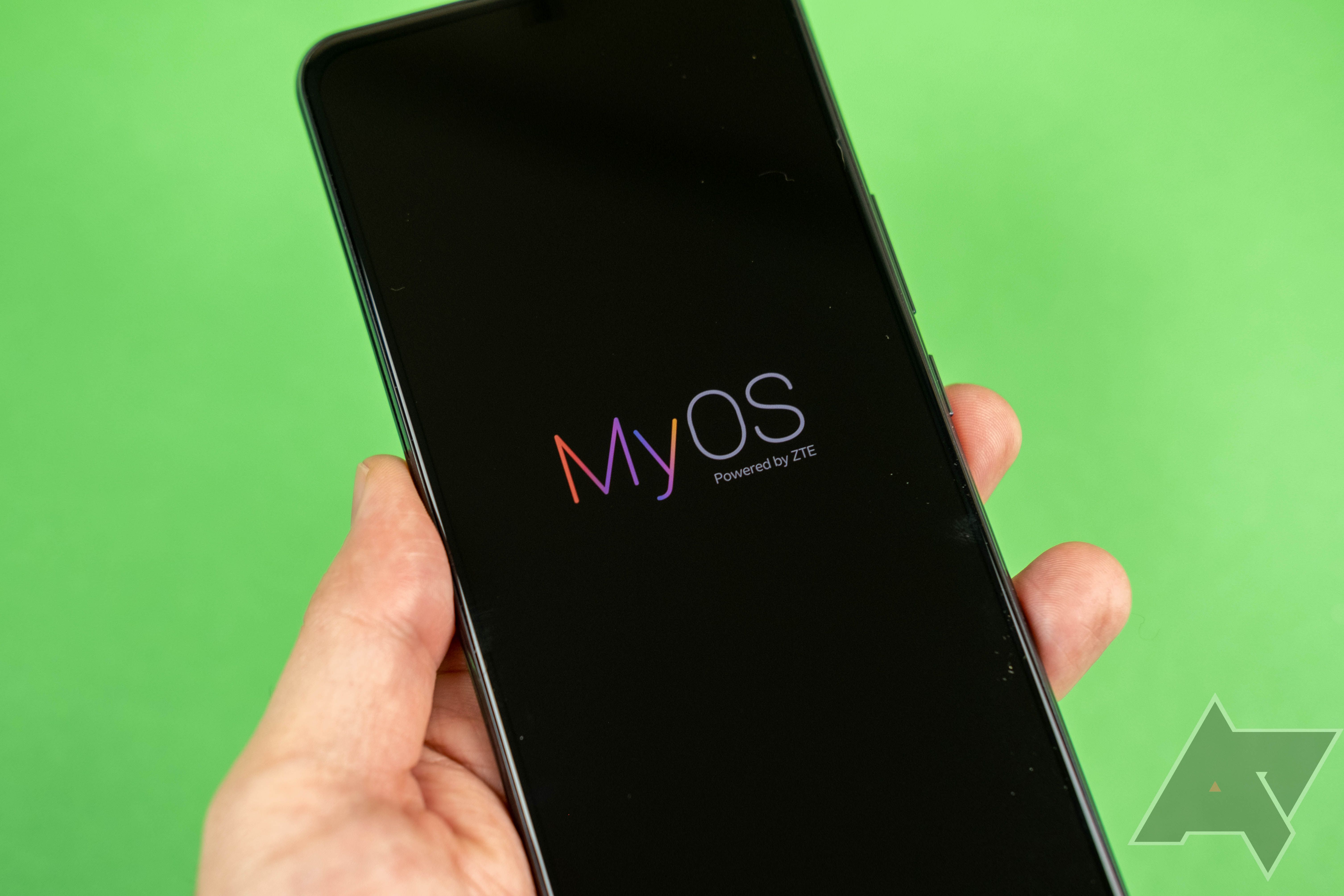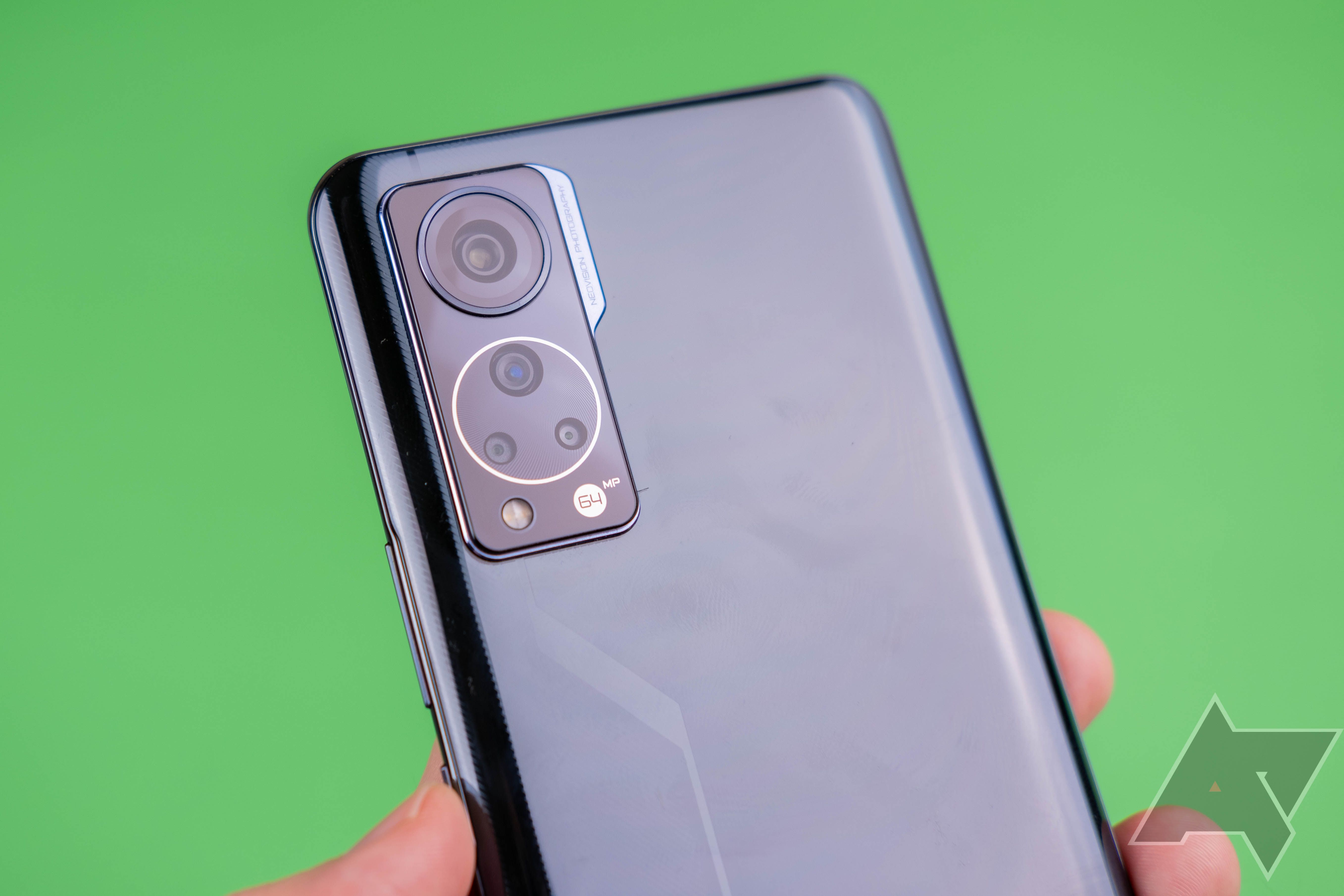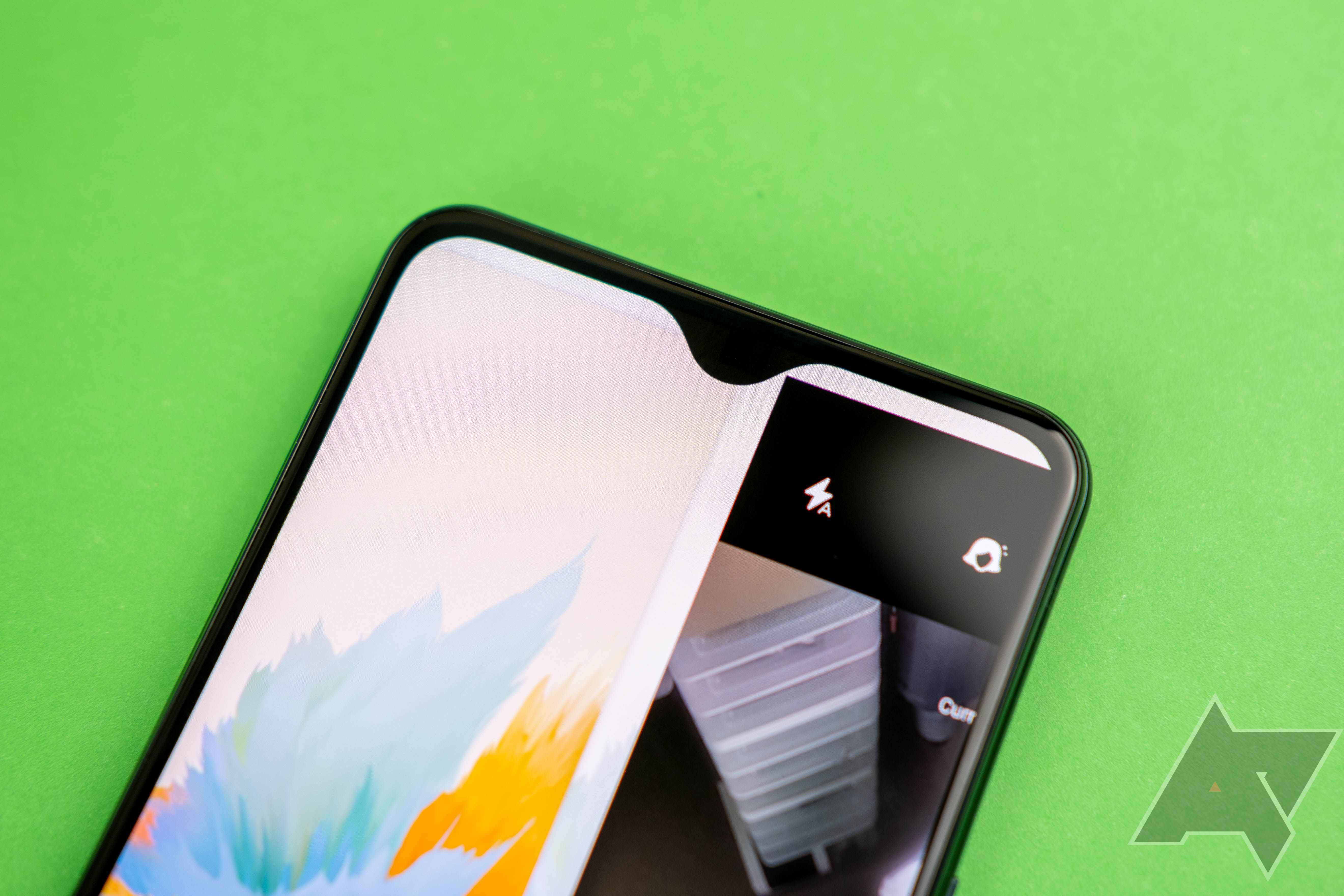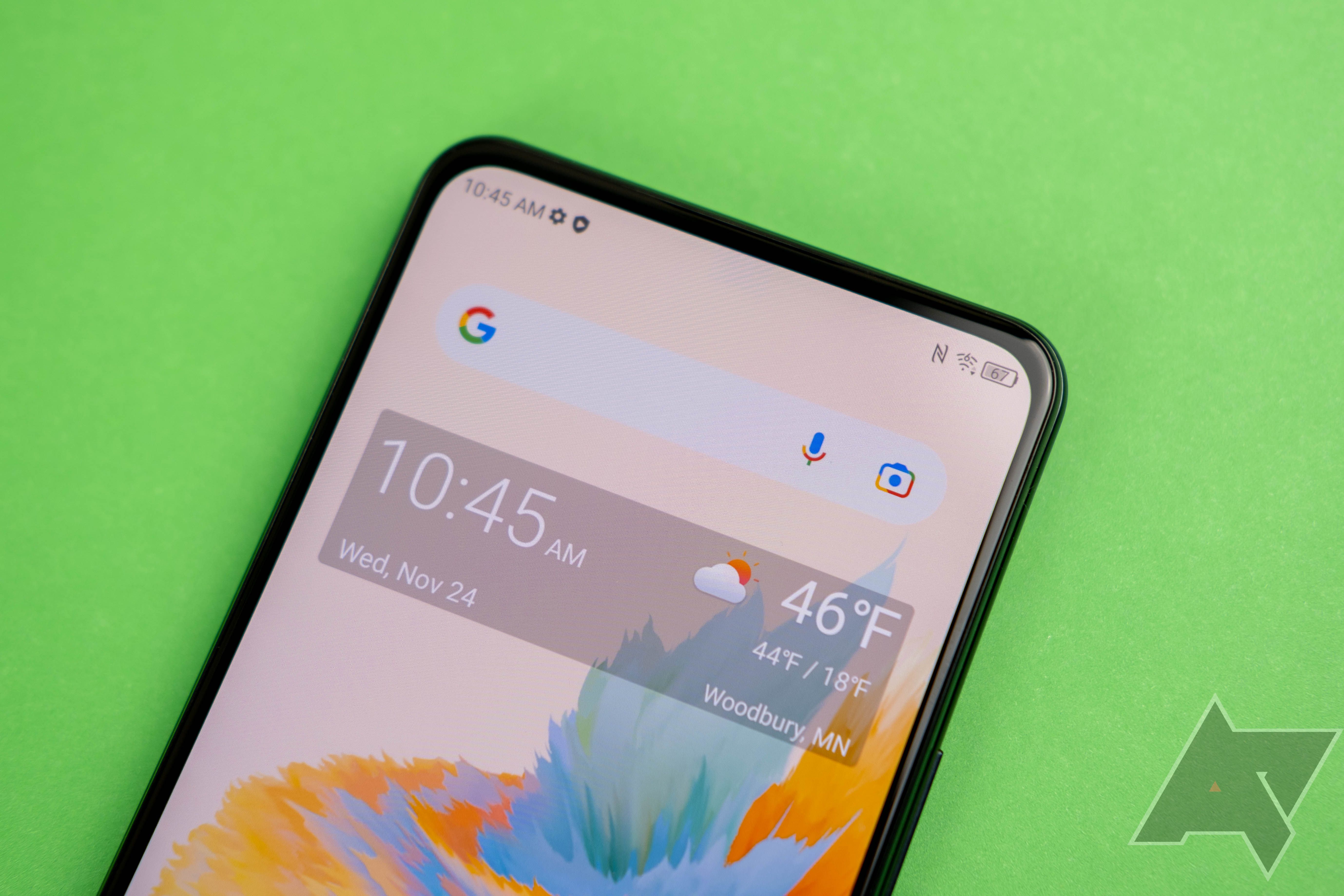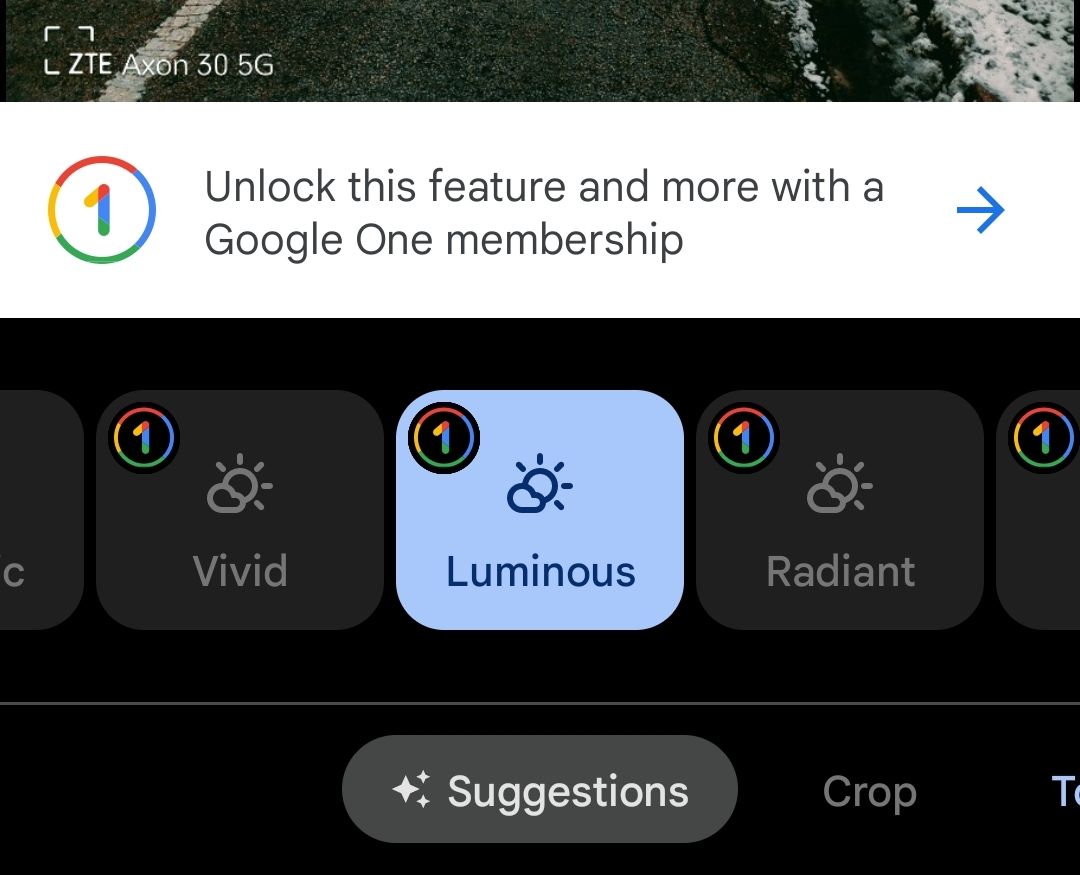Read update
- One month later...
Innovative features don’t make or break a smartphone, but they certainly make the ZTE Axon 30 a more attractive option. With an invisible under-display camera and in-display fingerprint sensor, this almost-flagship device from ZTE does have a wow factor, which is hard to come by nowadays. Unfortunately, some of the device’s more glaring faults are hard to ignore, even at the reasonable mid-tier $500 starting price, which is a good bit cheaper than the Axon 30 Ultra at $750.
There are no abject deal breakers on this phone, but you won’t see it at the top of a “Best Smartphone” this year. Suffice it to say, it provides a lot of cool features, but in the end the gimmicks don’t make up for the substantive shortcomings.
ZTE Axon 30 5G
A big screen, lots of RAM, and an invisible under-display camera make for a cool phone, but there are some major drawbacks.
- Brand: ZTE
- SoC: Snapdragon 870
- Display: 6.92-inch 2460x1080 OLED @ 120Hz
- RAM: 8, 12 GB
- Storage: 128, 256 GB
- Battery: 4,200mAh
- Ports: USB-C
- Operating System: Android 11
- Front camera: 16MP
- Rear camera: 64MP primary, 8MP ultrawide, 5MP macro, 2MP depth
- Dimensions: 170.2 x 77.8 x 7.8 mm, 189g
- Price: $499
- Legitimately invisible under-display camera
- Impressive battery life
- Big, beautiful, edge-to-edge screen
- Comes with a charging brick
- Plastic body and cheap buttons
- Poor camera quality
- Lagging performance on boot-up
- No wireless charging or waterproofing
Design, hardware, what’s in the box?
The first thing you’ll notice when you take the ZTE Axon 30 out of the box is that it’s big. Even without a case, it really stretches my average-sized hands and regularly falls out of my pocket when I sit down. All that, of course, is in service of the 6.92-inch, 120Hz, edge-to-edge OLED display that is completely uninterrupted by chins, notches, or punch holes, which is quite refreshing. You’ll also enjoy an in-display fingerprint sensor, which was surprisingly very responsive and presented no barriers to accessing the phone.
The edge-to-edge display is made possible by arguably the most noted feature of this device: the 16MP under-display front-facing camera. While many have tried to conceal the selfie camera before, I have never seen it done this well. Even in the most ideal lighting, you have to really squint to get a look at the front-facing camera beneath the display. In the image below, you can see the rectangular outline of the camera module, but we had to shine a very bright light on the screen to see it this well. Compare this to the Z Fold3’s selfie camera, which looks like a pixelated flaw in your screen. Unfortunately, this doesn’t translate to the best pictures.
Mid-tier smartphones don’t always feel cheap, but the ZTE Axon 30 definitely does. Between the plastic body and the flimsy power and volume buttons, it doesn’t have that solid feel you want out of a device that you’re going to use and abuse for the next few years. To make matters worse, the Axon 30 is barely water-resistant with no IP rating, so any dip in the pool is going to mean a trip to ye olde rice bag.
As for what’s in the box, smartphone trend followers will be happy to know that the ZTE Axon 30 does come with a charging brick, as well as the USB-C cable to go with it. You’ll also get a clear case that feels almost as cheap as the plastic smartphone itself (still, it’s nice you get one at all). You’ll also get a USB-C to headphone jack dongle, which is helpful because this device does not have a headphone jack.
Performance, software, and battery
If you’re at all familiar with the Android operating system, the software for the ZTE Axon 30 shouldn’t surprise you. The smartphone runs Android 11 with its ZTE’s MyOS 11 skin for a little bit of spice, so the overall experience is quite similar to your average Android phone. Perhaps the most notable difference, however, is the drop-down menu for notifications. It’s quite simplified with only four buttons at the top: Bluetooth, Wi-Fi, Data, and NFC. You cannot rearrange them to put, say, the flashlight at the top, which is a verifiable tragedy for this reviewer.
The Axon 30 5G is sporting a Snapdragon 870, which isn’t the most recent available, but does compare favorably to other mid-tier phones. It’s essentially a slightly better version of the 865, Qualcomm’s 2020 flagship chip. It handled all the streaming and gaming I could throw at it with aplomb, which is more than you can say for some other mid-tier phones.
There were a few hiccups, though. On a surprisingly consistent basis, the device would freeze while asleep, a problem I haven’t experienced with a smartphone in years. Additionally, the edges of the display were a bit sensitive, which made typing an “A,” a “Q,” or trying to enable caps lock while texting would occasionally activate the “back” function, which was very frustrating (and surprising as the OLED is not curved).
What wasn’t frustrating, however, was the battery life. As someone who has been burdened with poor battery life on more than one occasion (looking at you, Pixel 4), the impressive 4,200mAh battery was a breath of fresh air. I thoroughly tested this one, as I believe it to be one of the most important aspects of any smartphone. At 8am Monday morning, I unplugged the Axon 30 from the charger, used it heavily throughout the day (navigation with GPS, scrolling TikTok, playing games, etc.) and it didn’t reach 1% until 11:45pm Tuesday night. That’s full-on two-day battery life.
The charging is fast too, supporting 65W charging with the included charger. The device had a healthy charge after only a few minutes, and was back to full strength in less than an hour.
Cameras
The specs for the Axon 30 5G cameras may be enough to draw you in, but the rear-facing cameras won’t hold your attention. The large bump protrudes from the device – as is tradition with smartphones in the modern era – with four distinct sensors: the 64MP primary sensor, the 8MP ultrawide camera, the 5MP macro camera, and the 2MP depth sensor.
I’ll admit I’m spoiled when it comes to smartphone cameras, given my regular use of Google Pixel phones, but the Axon 30 cameras still disappointed, particularly in low light. There’s no optical zoom, but you can zoom the primary digitally up to 20x, but things look very blurry with no stabilization. The dull coloring, the lack of detail, and the odd white balance surprised me considering that impressive megapixel count. It’s just another reminder that megapixels don’t matter anymore. Night Mode provided a little assistance in low-light situations but still didn’t have that same pop that you find with high-tier phones.
The additional camera options weren’t amazing, but they weren’t terrible either—well, except the macro camera which is just as terrible as all the other dedicated macro cameras we’ve seen. Portrait mode on the rear- and front-facing cameras significantly underperformed, even with the depth sensor on the back, blurring far too much of the image like a bad Snapchat filter.


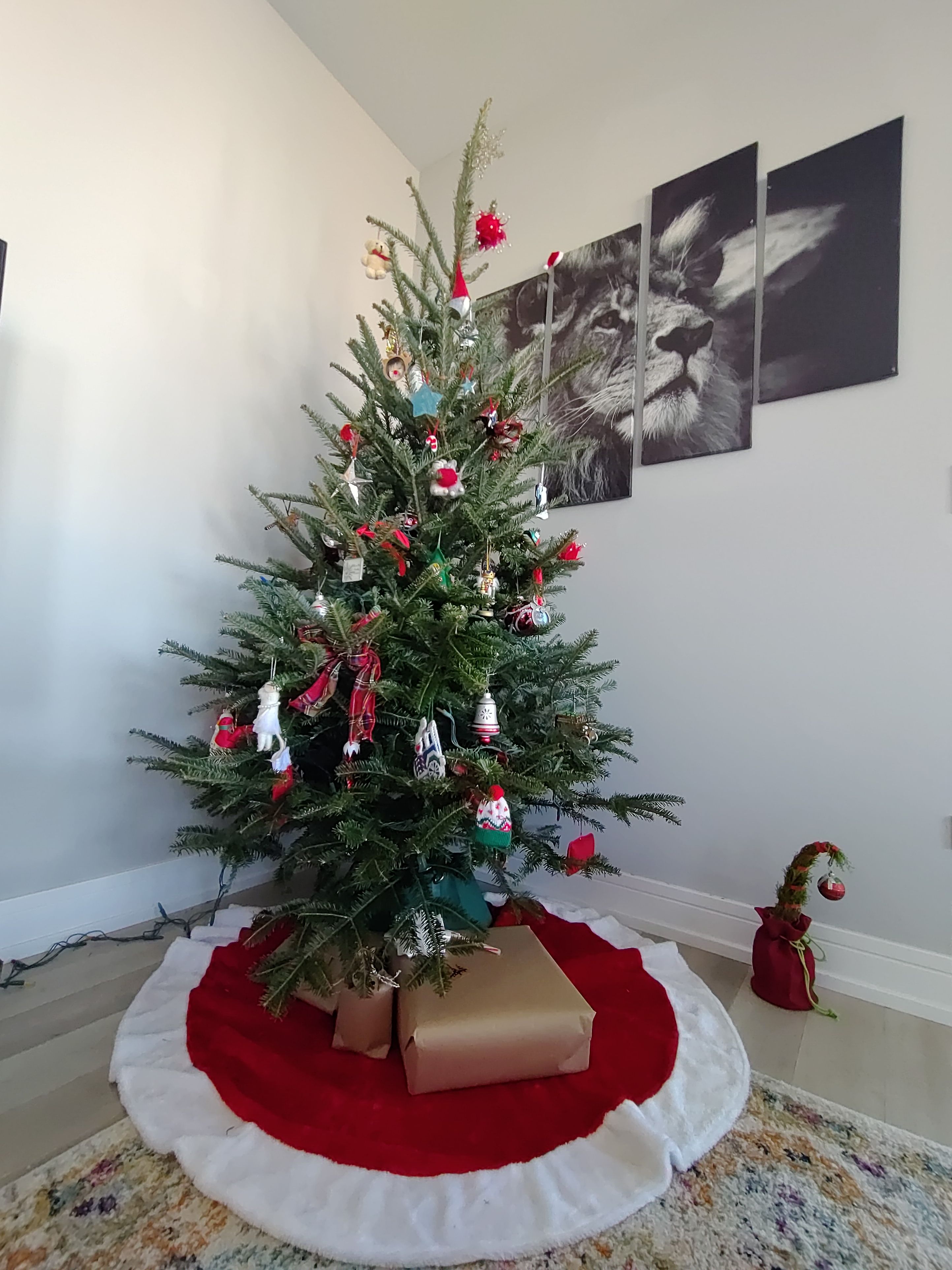


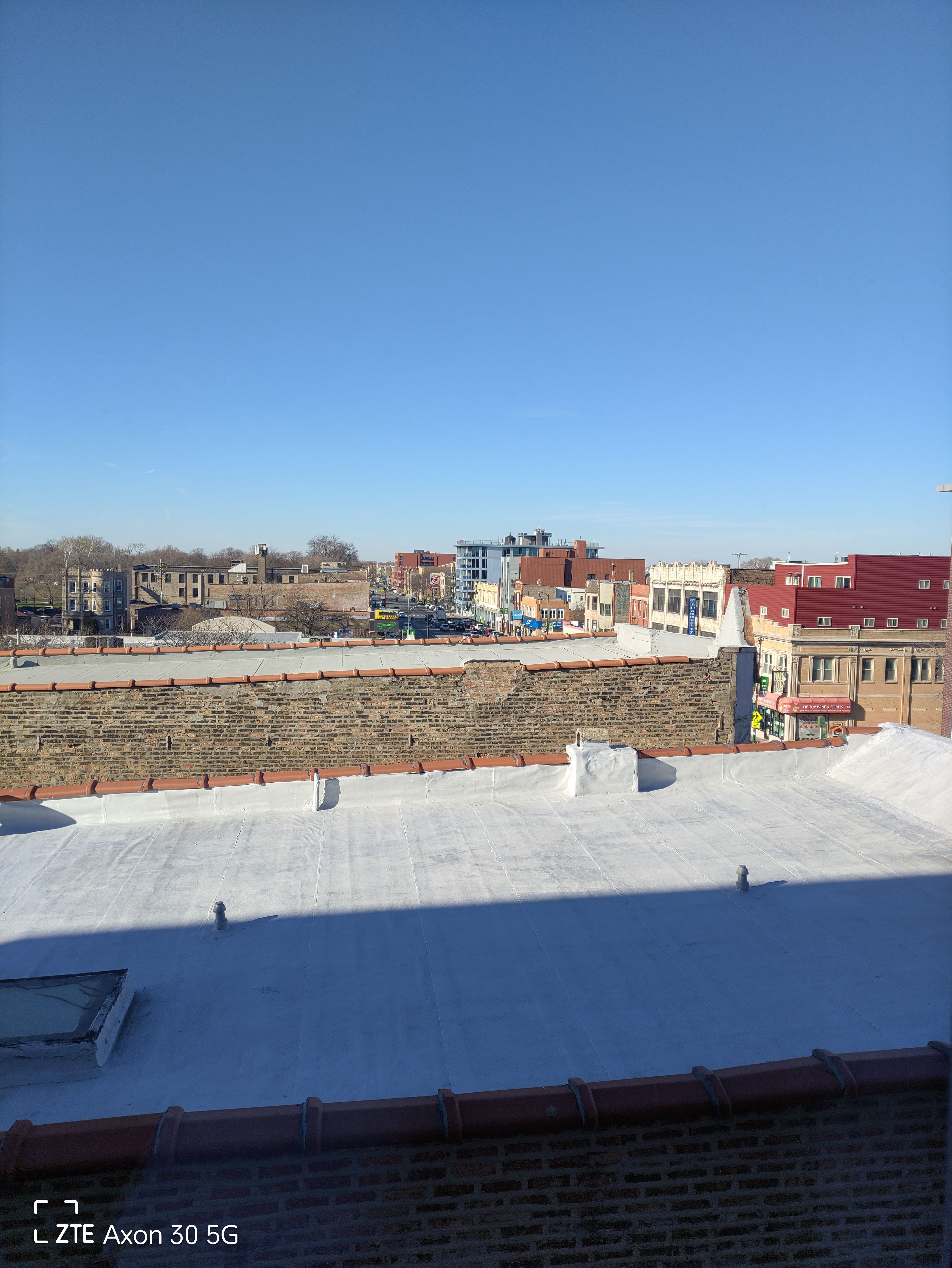

The ultrawide performed admirably, though, maintaining crisp detail while getting a lot in the photo. There was also a unique multi-photo mode, which allows you to take a standard and an ultrawide picture at the same time. I couldn’t for the life of me come up with a reason I would need this feature, but I’ll admit, it’s nothing if not fun.
Should you buy it?
There’s certainly a market for the ZTE Axon 30. The massive edge-to-edge display and powerful processor make watching videos, playing games, and recording in 4K that much easier, and obviously everyone loves a big battery. Plus, with cool features like under-display cameras and in-display fingerprint sensors, it looks like a very modern phone.
Still, it’s hard to ignore the better, more affordable options on the market, particularly when you consider the lackluster camera. The performance lags compared to competitors like Google and Samsung, even with the powerful processor, and the cheap body and flimsy buttons do not bode well for an enjoyable smartphone experience. You also can't ignore the Google Pixel 6, which is only $100 more. If you can afford the premium, the Pixel is a much better phone... unless you just really want an invisible under-display camera.
Buy it if…
- You hate notches
- You need a long-lasting battery
Don’t buy it if…
- You want the best pictures
- You’re worried about dropping your phone in the pool
UPDATE: 2022/01/17 15:40 EST BY CONOR CAWLEY
One month later...
I’ll be the first to admit that I wasn’t taken with the ZTE Axon 30 during my review. As a user of one of the best phones no one talks about – the Pixel 5a – my bar is pretty high. I’ve been using the Axon 30 on and off to get a better handle on some of its faults, namely the poor performing camera. And I’ll admit that I feel more positive about it after extended use.
In my initial review, I said that despite the impressive camera specs on the Axon 30, the real-life results simply didn’t match up to competitors like Samsung and Google. And while I still believe that to be true, the device does have its moments. On a bright gray day in Chicago – which any photographer will tell you is ideal for taking pictures – I took out the device and found that the right environment goes a long way. Crisp details and bright colors really shone through with the even overcast lighting, even in the ultra-wide camera.
I also dug a bit deeper into the photo editing process on the Axon 30, and if you’re skilled with these features, you can really improve the quality of an image. Some slight adjustments to contrast, brightness, and other options turned unusable shots into Instagram-able winners. However, the device is missing some features found on Google phones, and even worse, teases you with them while encouraging you to purchase a Google One membership to unlock them.
While the cameras somewhat redeemed themselves, there were still some clear issues. It still performed poorly in low light situations, even with night mode and all the editing features. Additionally, the front-facing camera just can’t take a good selfie no matter the situation, and portrait mode continues to over-blur so much that it looks like you rubbed Vaseline on the lens. This could be due to the under-display camera, but even after a few wipes with a microfiber cloth, portrait mode still gave me the daytime soap opera look.
Outside the camera, the Axon 30 still doesn’t provide enough bang for your buck. The body still feels cheap, the buttons are flimsy, and the performance lags substantially. Slow boot ups and frozen screens still plagued usage at least a few times per day, and the overall experience clearly plays second fiddle to the likes of Google and Samsung, all with a higher price tag. Additionally, ZTE hasn’t launched an update since August, which is well behind the quarterly minimum.
All in all, we really can’t recommend the ZTE Axon 30 unless you’ve got some very specific need for an in-screen fingerprint reader and an under-display selfie camera.

